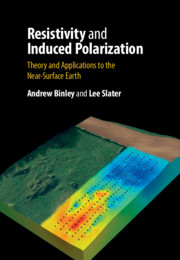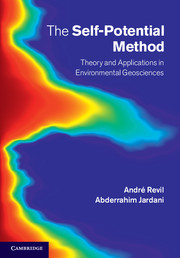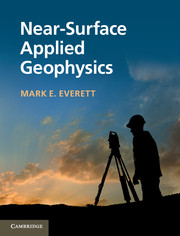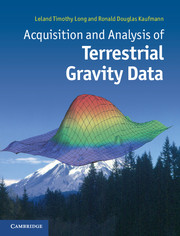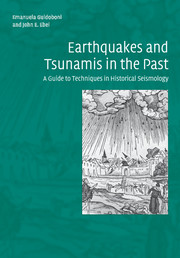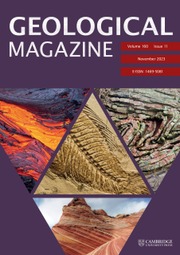Resistivity and Induced Polarization
Resistivity and induced polarization methods are used for a wide range of near-surface applications, including hydrogeology, civil engineering and archaeology, as well as emerging applications in the agricultural and plant sciences. This comprehensive reference text covers both theory and practice of resistivity and induced polarization methods, demonstrating how to measure, model and interpret data in both the laboratory and the field. Marking the 100 year anniversary of the seminal work of Conrad Schlumberger (1920), the book covers historical development of electrical geophysics, electrical properties of geological materials, instrumentation, acquisition and modelling, and includes case studies that capture applications to societally relevant problems. The book is also supported by a full suite of forward and inverse modelling tools, allowing the reader to apply the techniques to a wide range of applications using digital datasets provided online. This is a valuable reference for graduate students, researchers and practitioners interested in near-surface geophysics.
- A comprehensive text highlighting the major advancements made in the last twenty-five years
- Theory is described from a basic level, with the major concepts illustrated via a broad spectrum of case studies
- Modelling software and numerous datasets are provided online, allowing the reader to develop modelling skills by following examples in the book as well as to model their own data
Reviews & endorsements
'Binley and Slater are two of the best electrical geophysicists in the world, and together have written a comprehensive, accessible textbook for anyone interested in electrical methods. By including a history of the methods, open-source software, and sections on theory, instrumentation, forward and inverse modelling, and applications, they've produced a 'one-stop shop' for all things electrical. This book starts with a primer on the most fundamental mathematics and builds up from there to topics outlining the state of the science, including helpful figures and sidebar information along the way. I strongly recommend this book to any student or practitioner interested in learning more about how to apply electrical geophysical techniques to shallow-Earth problems, and look forward to sharing it with my research students.' Kamini Singha, Colorado School of Mines
'This is without doubt the most comprehensive and thorough treatment of electrical geophysics anywhere in the literature. It is a brilliantly written book, covering theory and practice, with numerous real-world examples of the use of resistivity and induced polarization. It will certainly be first on my recommended reading list for students, researchers and practitioners working in the field of geoelectrics and near-surface geophysics.' Jonathan Chambers, British Geological Survey
'Andrew Binley and Lee Slater, two experienced scientists in the field of near-surface geophysics, have compiled a modern textbook that describes the development and the state of the art of resistivity and IP technology. The book provides deep insight into the theoretical fundamentals, and presents the breadth of application of these geophysical methods. Considering the wealth of information and the clearly arranged presentation, the textbook will be useful both for academic education and as a reference work for researchers and practitioners. This book will certainly inspire further research work and practical application of resistivity and IP methods.' Andreas Weller, Technische Universität Clausthal
Product details
December 2020Hardback
9781108492744
408 pages
250 × 175 × 23 mm
0.95kg
Available
Table of Contents
- Preface
- Acknowledgements
- List of symbols
- 1. Introduction
- 2. Electrical properties of the near surface Earth
- 3. Instrumentation and laboratory measurements
- 4. Field configuration and acquisition
- 5. Forward and inverse modelling
- 6. Case studies
- 7. Future developments
- Appendix A. Modelling tools
- Index.

